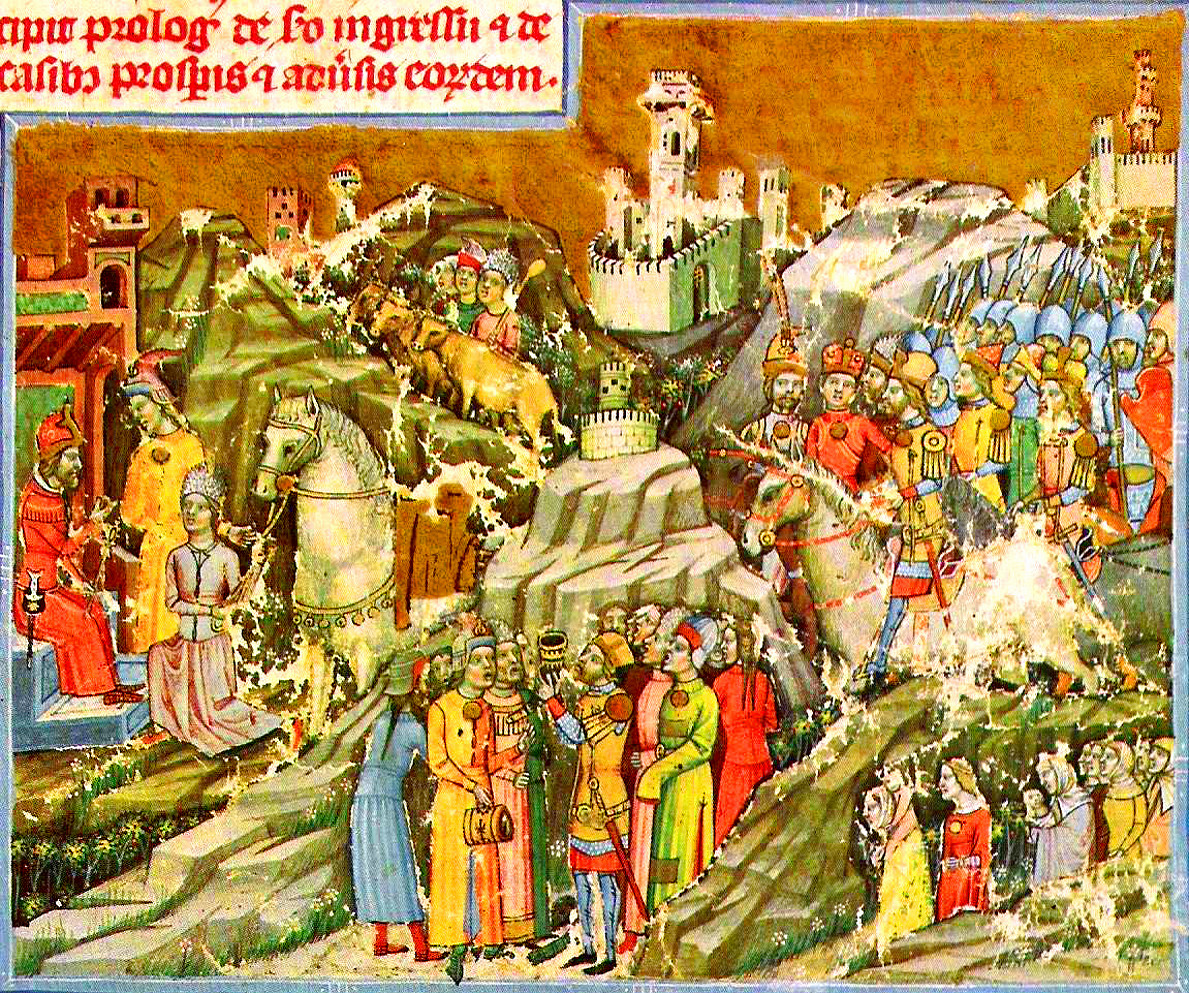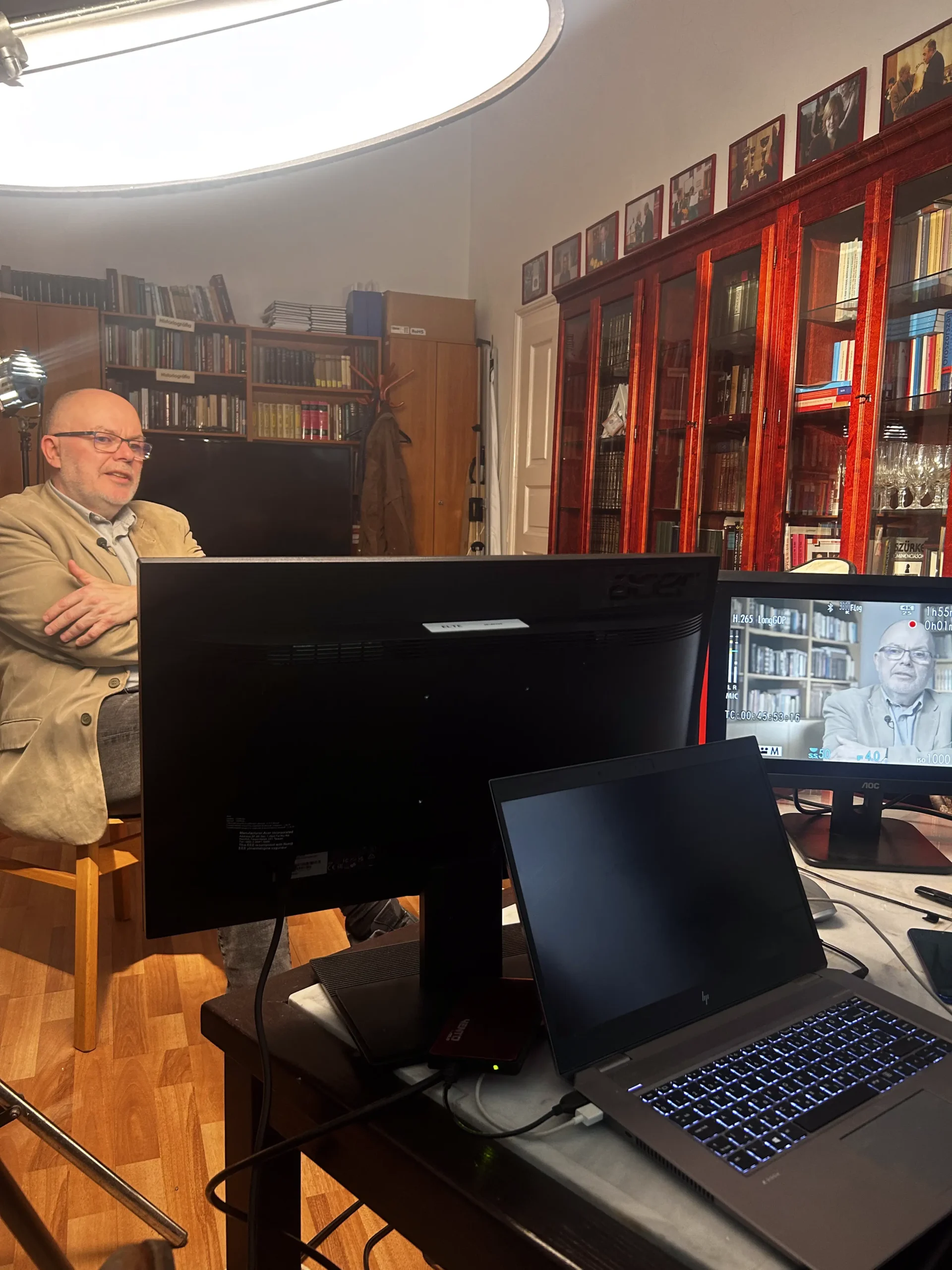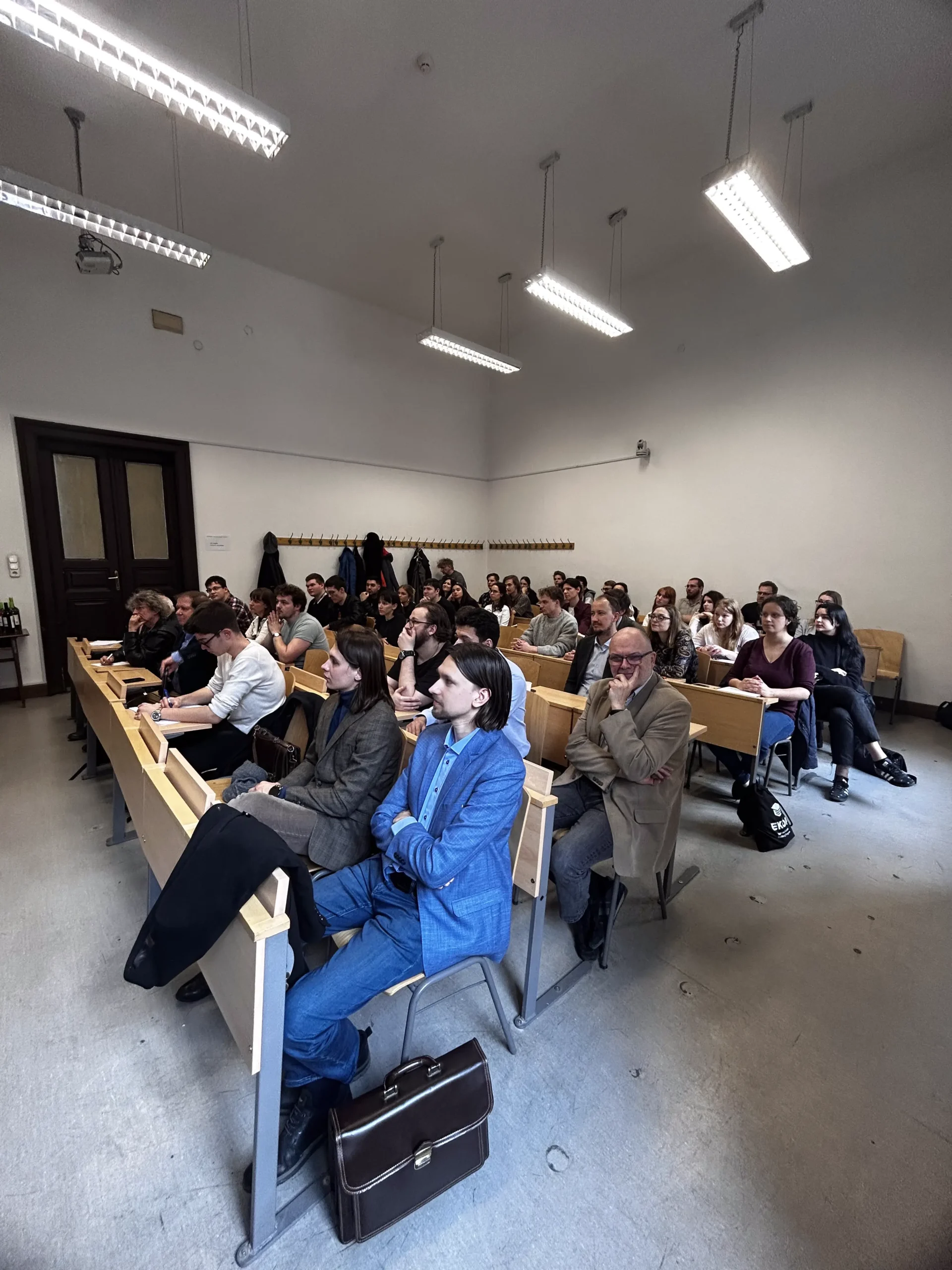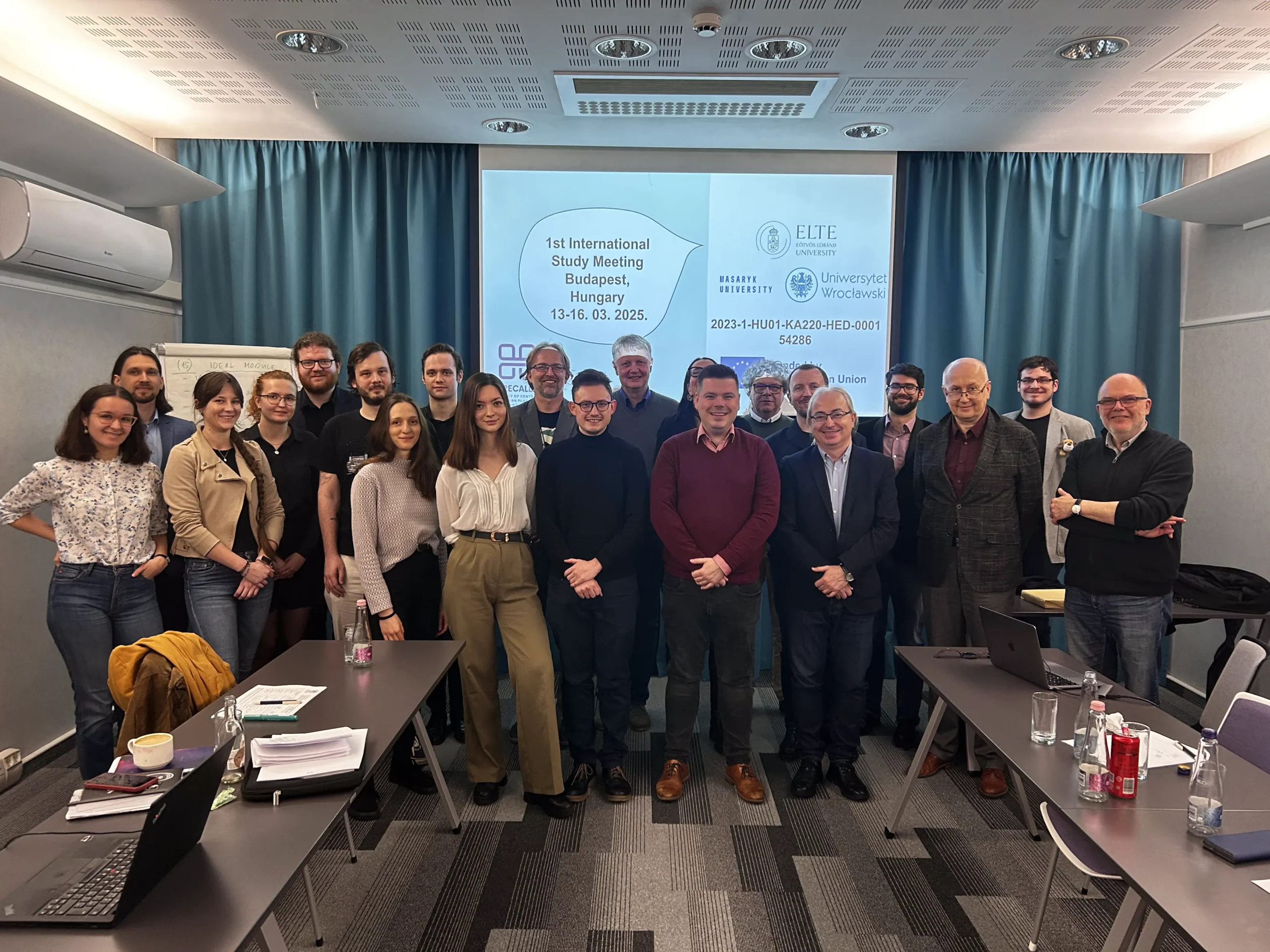Legend of the White Horse – Zalavár (Mosapurc)
Fact of the Hungarian figure „Myth of the Hungarian land-taking – Ópusztaszer”
Part of the „The story of the beginning” topic
Zalavár, historically known as Mosapurc, is a site of great historical and mythological significance in Hungary. One of the most captivating legends associated with this region is the Legend of the White Horse. This legend, intertwined with the early history of the Magyars and their interactions with neighboring peoples, offers a rich tapestry of cultural and historical narratives.
The chronicle of Anonymus tells us that Prince Árpád and the land-takers asked the princes Salán and Menmarót for land stretching to the river Sajó, two jugs of water from the Danube and sacks of grass from the sands of the Alpár. In return, they received 12 white horses, camels, Cuman boys, Russian girls, ermine- and sable furs, and a robe decorated with gold. In the Illustrated Chronicle, the Hungarians sent envoys to Svatopluk.
The prince believed them peasants, so he invited them to cultivate his land. Árpád sent a large horse – a white horse, according to the Buda Chronicle – with a saddle gilded with gold from Arabia and a gold-plated harness, and in return, he asked for land, grass and water, which Svatopluk gladly provided. The legend of the white horse, as we know it today, is supposed to be a legal proof of the Land-taking, a symbolic purchase of the land from the Moravians.
The gift is based on a story of Alexander the Great and is rooted in the literary tradition of comical land acquisitions. The Persian king Darius also asked for land and water from the Scythians and Macedonians in Herodotus’ narrative, as well as similar events mentioned by Pliny and in the Bible. However, the white horse is a Hungarian motif, the shamans’ sacrificial animal for good spirits, used in pagan treaty-making rites.
Zalavár itself is a site with deep historical roots. It was an important center during the time of the Great Moravian Empire, serving as a significant political and religious hub. The legend of the White Horse also touches upon the Magyar integration with the region’s existing cultures and their interactions with the Moravians. The Great Moravian theory suggests that some elements of Magyar culture and governance were influenced by their contact with the Moravians, reflecting a blend of traditions and practices.
This legend not only highlights the cleverness of the Magyar leaders but also underscores the importance of Zalavár in the early medieval history of Central Europe. It illustrates the blend of myth and history that characterizes the region’s past, where strategic alliances and cultural exchanges played crucial roles in shaping the development of emerging states.
Today, Zalavár is a site of archaeological and historical significance, attracting scholars and visitors interested in its rich past. The Legend of the White Horse remains a captivating story that embodies the early challenges and triumphs of the Magyar people as they established their presence in the Carpathian Basin. It serves as a reminder of the intricate tapestry of alliances, conflicts, and cultural exchanges that define the region’s history.





